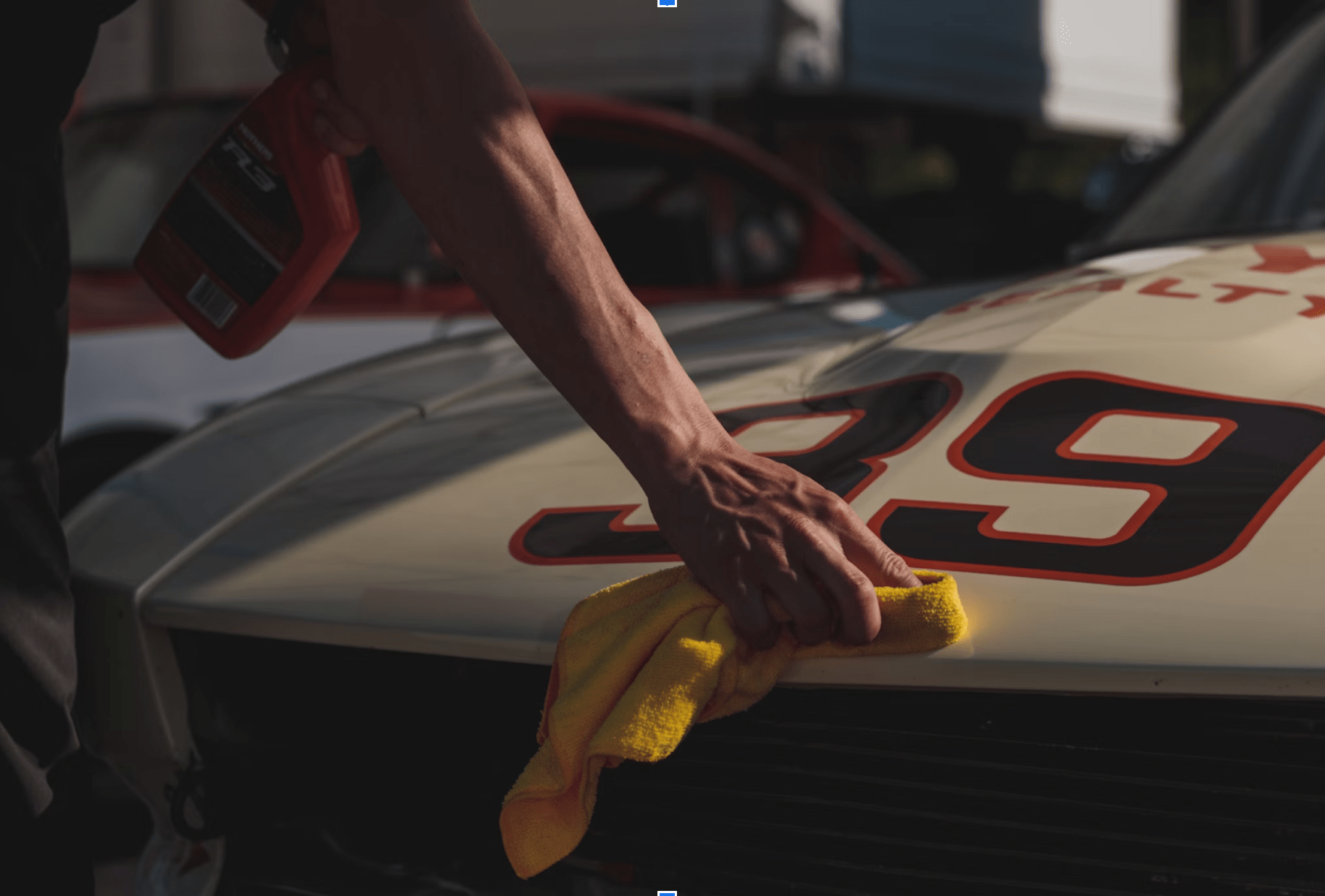The Fast and the Furious Timeline

Even for die-hard fans, understanding the Fast and Furious timeline is something that seems to require a secret decoder ring – or so it seems. Let’s dissect it and maybe make some sense out of it all. While there are still many plot holes and many things that seem to defy logic, this video does a great job of unraveling the mystery.
The plan developed over time
What most people don’t know is that Rob Cohen and Neil Mortiz had to fight to get this movie made. When Don Zepfel left Universal, Ron Lynch was his replacement. Ron greenlit the first movie, but proudly bragged he could make the film for $25M. No way in hell, as this was a $50M by everyone’s assertion. By the time production started, the budget was $38M – still a tiny budget, but the movie raked in $211 million.
Anyone with half a brain could realize that spending $38 million to make $211 million is a good profit. By the time Scott Stuber took the reins at Universal, he was looking for movies with franchise potential. I sat in a semi-private meeting with Scott at which time he told me of his desire to turn this into a 10-year, $1 billion dollar franchise. At that time, Universal had only ONE franchise that had made $1 billion dollars: the Scooby-Doo franchise – and it took 50 years to hit the billion dollar mark.
I didn’t see how they were going to make a bunch of sequels about street racing but then again, it turns out the movies have not really been about street racing in some time. After 2 Fast 2 Furious, Universal did some research as to why that movie kind of sucked. They learned that audiences didn’t find 2F2F to be very accurate.
For Tokyo Drift, Universal decided on a new everything – cast, crew, director, and setting. With Vin Diesel out of the picture, they struggled to have any kind of traction at the box office. What did Universal learn from Tokyo Drift? 1) Vin Diesel needs to come back – Paul can’t carry the franchise alone; 2) Street racing movies draw a tiny audience. If you got every single human on Earth into the theaters to see a street racing movie, you STILL would NOT EVEN COME CLOSE to equalling the success of an action movie; 3) Latinos are some of the most passionate fans of this type of movie – so they added a greater diversity of characters and elements interesting to Latinos.
Look at the box office results since Tokyo Drift – nothing but ever-increasing numbers.
So here we are, approaching the 20-year mark, and Universal has made more than $6 billion dollars on this franchise. With licensing, royalties, cable TV, merchandise, amusement park attractions, this will likely be a $10 billion franchise before 2025.
For all of the fans who think the movies should be more about street racing, I can tell you this with great certainty – that’s not how to make money. Action movies make money, and lest we forget, Universal has a responsibility to its investors and shareholders to do just that – make money.
To those who continue to assert that street racing movies CAN be highly successful, I invite you to go to film school, become a Hollywood big-wig and go out and produce such a movie. I’d go see it.

